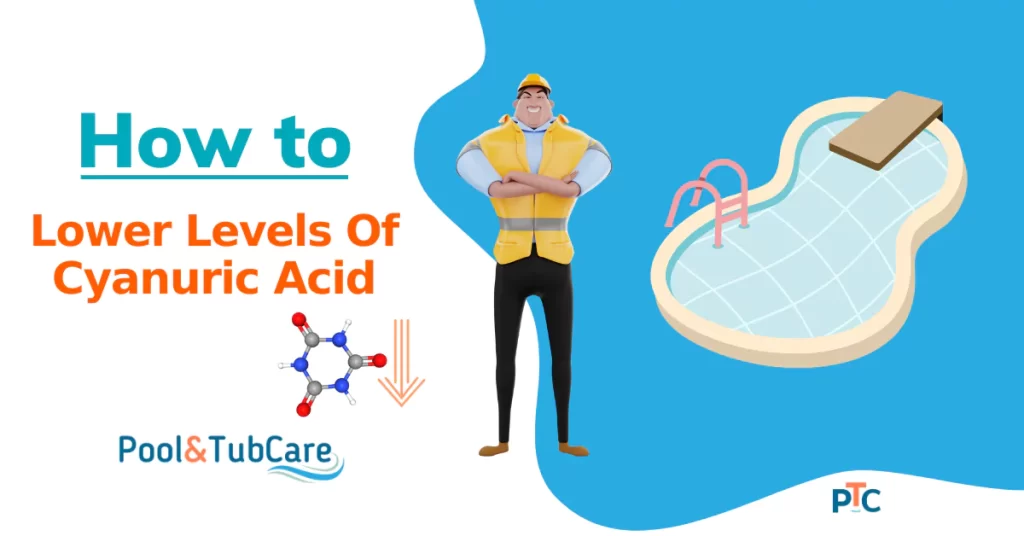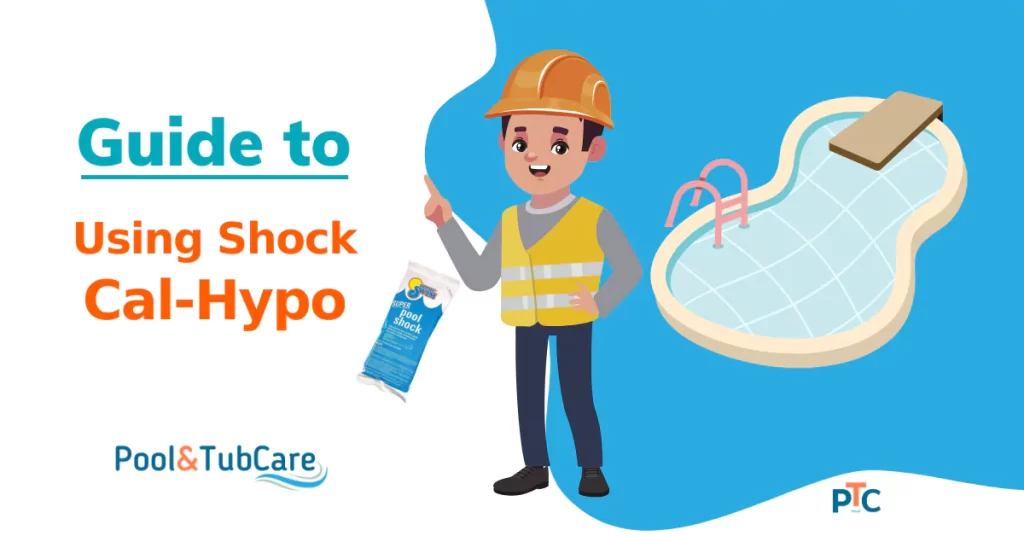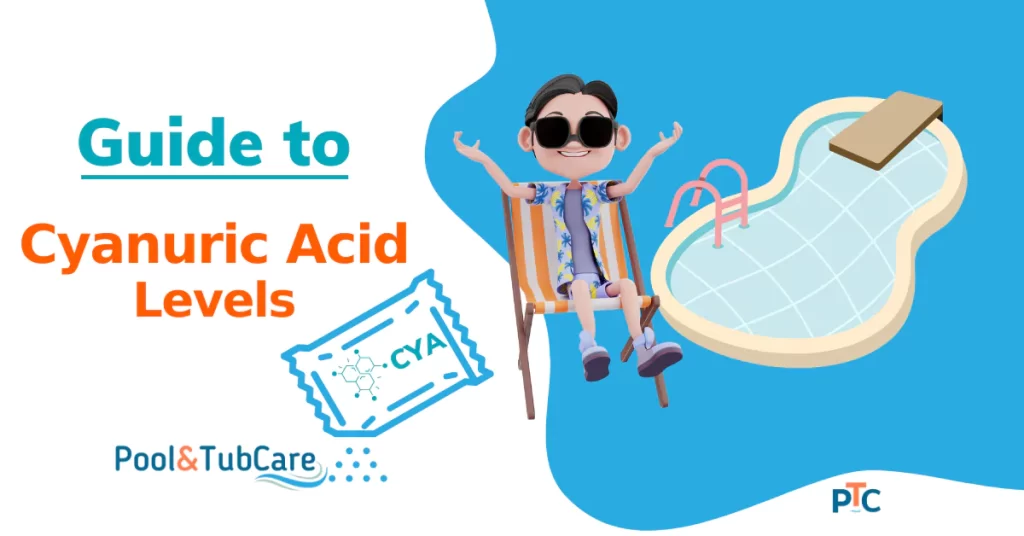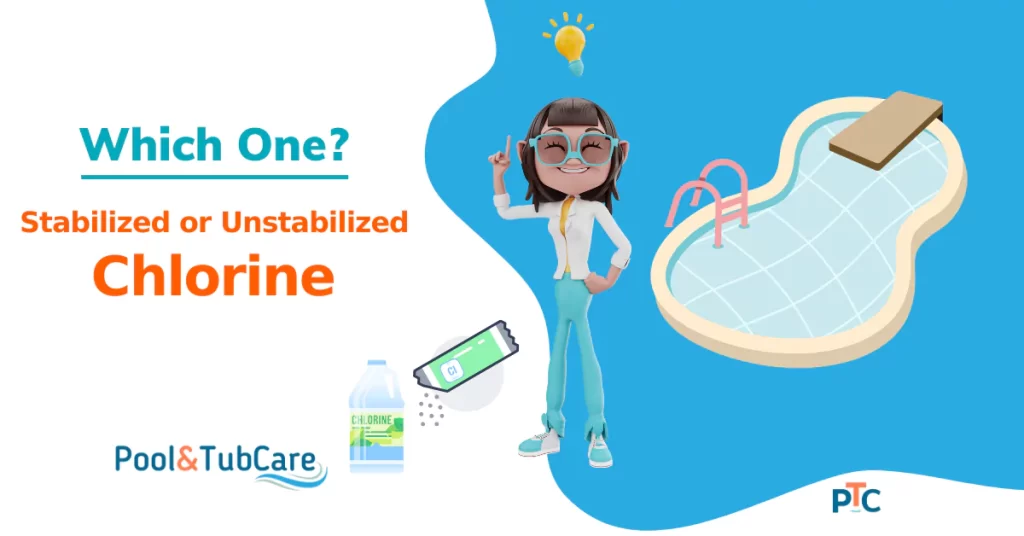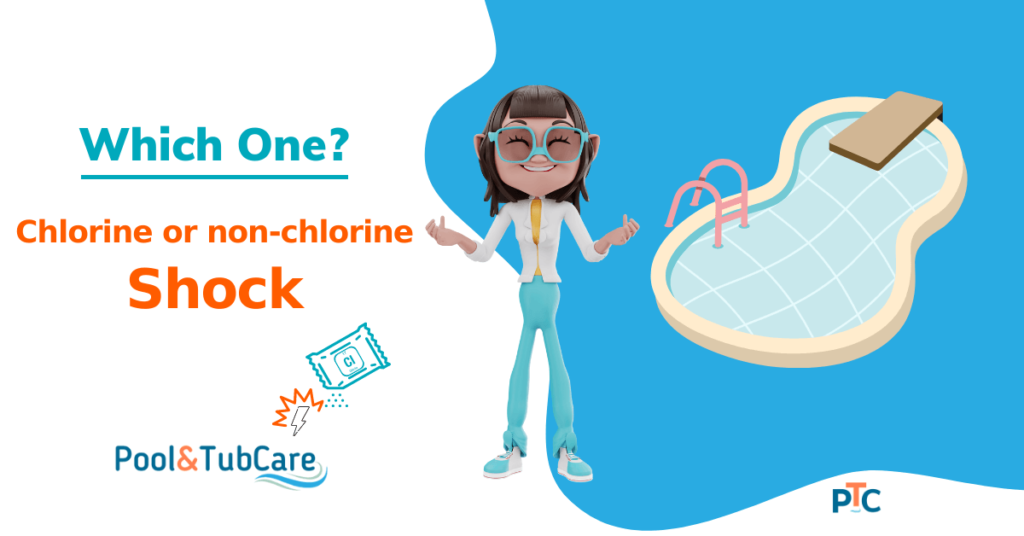Cyanuric acid is a stabilizer essential for chlorine’s working life in a pool, especially outdoors. In the absence of CYA, chlorine breaks down in direct exposure to sunlight.
UV rays from the sun can break down 50 to 70% of chlorine in two hours. Cyanuric acid binds with chlorine and protects it from sunlight, hence the name “chlorine sunscreen.”
When CYA is within 30 to 50 ppm levels, it is a friend of your pool. But if its levels get up from 50 ppm, it can overbind with chlorine, leaving no chlorine to work on impurities in your pool.
Cyanuric acid levels do not go down on their own. However, there are a few ways to reduce the levels of CYA in your pool. The best of them is refilling a part of your pool with fresh water that will dilute the levels of CYA to your desired levels. You can also use chemicals and reverse osmosis to get CYA levels down, but they are not cost-effective and may be ineffective in a few cases.
Keep reading to know how to control CYA levels in your pool.
Optimal Levels of Cyanuric Acid
Maintaining the right amount of cyanuric acid is important as too less, or too much of it, can leave your chlorine ineffective.
The ideal levels of CYA in your pool are 30 to 50 ppm. In recent times experts believe that, in fact, more than the amount of CYA, it is the ratio of CYA to chlorine that is more important.
Free chlorine available in pool water should be around 7.5% of CYA.
Here is the table for reference to maintaining chlorine levels in your pool according to CYA levels.
| CYA Levels | Cl Need |
|---|---|
| 10 ppm | 0.75 ppm |
| 20 ppm | 1.50 ppm |
| 30 ppm | 2.25 ppm |
| 40 ppm | 3.00 ppm |
| 50 ppm | 3.75 ppm |
What Are the Causes of High Cyanuric Acid
Cyanuric acid is not a natural element of water. When you fill up your pool with fresh water, it does not contain any CYA.
To bring to the required levels of 30 ppm, you need to add free cyanuric acid, which comes in powdered form.
If you keep adding CYA to your pool regularly, its levels may shoot above 50 ppm. The main reason for too high CYA is using stabilized chlorine to keep up the chlorine levels.
As the chlorine gets depleted every few days, you need to add more frequently to maintain its levels between 1 to 3 ppm. If you use products like dichlor/trichlor or tablets that are stabilized, then with each dosage, you are also increasing CYA levels.
As CYA levels do not go down on their own even if the water evaporates, you will easily cross 50 ppm levels in some time.
What Happens if CYA Levels are Too High
At 30 ppm of CYA, only 3% of chlorine is available to clean our pool. That means out of the recommended 2.25 ppm, 0.07 ppm is available, which is enough, according to experts who believe 0.05 ppm chlorine gets the job done.
The problem arises if the CYA levels go up from 50 ppm. Here are a few things caused by high CYA levels:
Chlorine Becomes Ineffective
At 60 ppm CYA, less than 2% chlorine is available for sanitization, and the rest is bound to CYA.
This can lead to a condition called chlorine lock where not enough chlorine is available to do the job, no matter how much your add to the pool.
It can lead to the growth of algae and bacteria, which may be harmful to swimmers’ health.
So, it’s important to keep your CYA levels below 50 ppm, which can reach quite quickly if you are using stabilized chlorine.
Once you reach 50 ppm of CYA, start using unstabilized chlorine to maintain your pool chlorine levels.
Related: Ideal chlorine levels for your pool!
Affects Alkalinity Levels
Cyanuric acid increases the carbonate alkalinity hence the total alkalinity reading of your pool water. An increase in alkalinity can lead to cloudy water and the growth of algae.
Damaging for Pool Surfaces
High CYA levels are also harmful to your pool surfaces, especially plaster. Though a weak acid, CYA is an acid only and is linked with lower pH levels. This can cause damage to your pool equipment over time.
Test CYA levels periodically, and if the levels are not readable, as your strips might not read levels above 100 ppm, use professional services.
How to Lower Cyanuric Acid Levels
Cyanuric acid levels can be lowered, but there is no easy way to do it. Here are a few methods to do so:
Refill Pool Water
Method number one is most straightforward in theory and most effective once also. But it needs some effort to empty the pool and refill it with fresh water.
It is a guaranteed way of reducing CYA as fresh water does not contain any.
You need first to calculate how much higher the amount of CYA is present in your pool. You need to refill your pool water based on the extra percentage of CYA.
For example, if you want CYA at 40 ppm but it is at 60 ppm, you need to empty 50% of your pool and refill it with fresh water.
Let the water circulate for a few hours.
How to do it:
- Use a submersible pump to take out the water through a hose, or use your filtration system by keeping the filter setting at waste
- If using your filtration system, make sure that water levels do not go below the skimmer. Otherwise, air may get in and damage your system
- If using a submersible pump, use a long enough hose to throw water into the drainage
- If, in one go, the CYA levels do not come down to the desired levels, repeat the refilling process with new reading
Note: If your pool has too much CYA, it may get stuck in the filter system. It is advised to backwash the filter before setting it in the filter setting. Otherwise, stuck CYA will get back into the pool.
Use Cyanuric Acid Reducer
An easier method to reduce CYA levels is by adding chemicals that break down the cyanuric acid.
This method is not tedious, but it does not guarantee to lower cyanuric acid levels. Many of the users complain that these chemicals do not work for them.
There are many reasons for it not to work. First of all, the water temperature should be 65 F one day before adding the chemical. All other things like alkalinity and pH should be in ideal conditions for it to work.
If you have added algaecide or clarifier to the pool, the CYA reducer will not work.
If all these things are normal, then you can add the cyanuric acid reducers and wait for a week to get CYA levels down.
On top of that, these chemicals are not cheap, making the first method of refilling water the most effective and cost-effective.
But this method can be worth trying if you live in an area with water shortage or restrictions.
How to do it:
- Test pH and alkalinity and adjust accordingly
- Take the product from a local store and dissolve the required quantity in a bucket
- Add the product to the pool directly or through the skimmer
- Circulate the water for chemicals to get mixed
Note: These chemicals are safe, and you can use the pool immediately after adding the chemical.
Use Reverse Osmosis Filter
If you are not tight on the budget, this method can work well. This method is expensive as a filter can cost upwards of $2000.
These specialized filters work by passing the water through a semi-permeable membrane and then through activated charcoal.
The composition of water is such that it can easily pass through these membranes when forced by pressure. In contrast, large particles like cyanuric acid and other chemicals get stuck in these membranes, hence cleared out from the water.
The biggest drawback of using this method is that a lot of water gets wasted while purifying a part of it. For example, on average, you will waste 2-gallon water for every one gallon of cleared water.
On the other hand, it will also decrease calcium hardness and reduce other solid wastes in your pool water.
Many people use this method in areas with water restrictions.
Get Cyanuric Acid Levels Down for It to be Effective
If you want your chlorine protected from sunlight, your CYA levels should be below 50 ppm.
If they are above that, you can use any of the above three methods. But if possible, refilling water in the pool is the most recommended method to lower cyanuric acid levels.
FAQs About Lowering Cyanuric Acid Levels
Here are a few frequently asked questions.
How do I lower cyanuric acid without draining my pool?
Though draining and refilling your pool with fresh water is the best to get CYA levels down, you can use cyanuric acid reducers or a reverse osmosis filter to get them down.
Can you swim in a pool with high cyanuric acid?
Swimming in a pool with high CYA levels can be dangerous as due to ineffective chlorine, there might be many bacteria present in the water. High CYA also causes an increase in alkalinity and causes cloudy water, which is not safe for swimmers.
Does baking soda lower cyanuric acid?
No, baking soda does not lower cyanuric acid levels. They work very differently; cyanuric acid protects chlorine, while baking soda is used to increase the alkalinity and pH level of pool water.
Can high cyanuric acid cause cloudy water?
Yes, high CYA levels can cause an increase in alkalinity and lead to cloudiness, which can further lead to algae growth.
What happens if cyanuric acid is too high?
If the levels of CYA are too high, then your chlorine will become ineffective at sanitization. The alkalinity and pH of your water may change, and water can become cloudy. It can also lead to the growth of algae and bacteria.
Does cyanuric acid dissipate over time?
Chlorine dissipates over time, but the CYA you add with chlorine to stabilize it does not dissipate and can accumulate over time and lead to many problems.
Does cyanuric acid effects pH?
Yes, cyanuric acid is an acid, and it produces cyanurate and hydrogen ions in reaction with water which can lower the pH of water.
Will the sun lower cyanuric acid?
Sun breaks down the chlorine molecules, and CYA protects it from the sun. But the sun does not affect CYA levels, and it will stay the same unless you refill the pool or use CYA reducers.

